
Enjoying mealtime as a family
An important factor to consider when it comes to your picky eater child is the mood.

An important factor to consider when it comes to your picky eater child is the mood.

2x free webinars about food sensitivities and mood around mealtime

More often than not, autistic kids tend to not be open to trying new food and prefer to have chicken fingers for every meal, for example. There are a few sensory factors that play part in this issue: texture, color, smell and temperature.
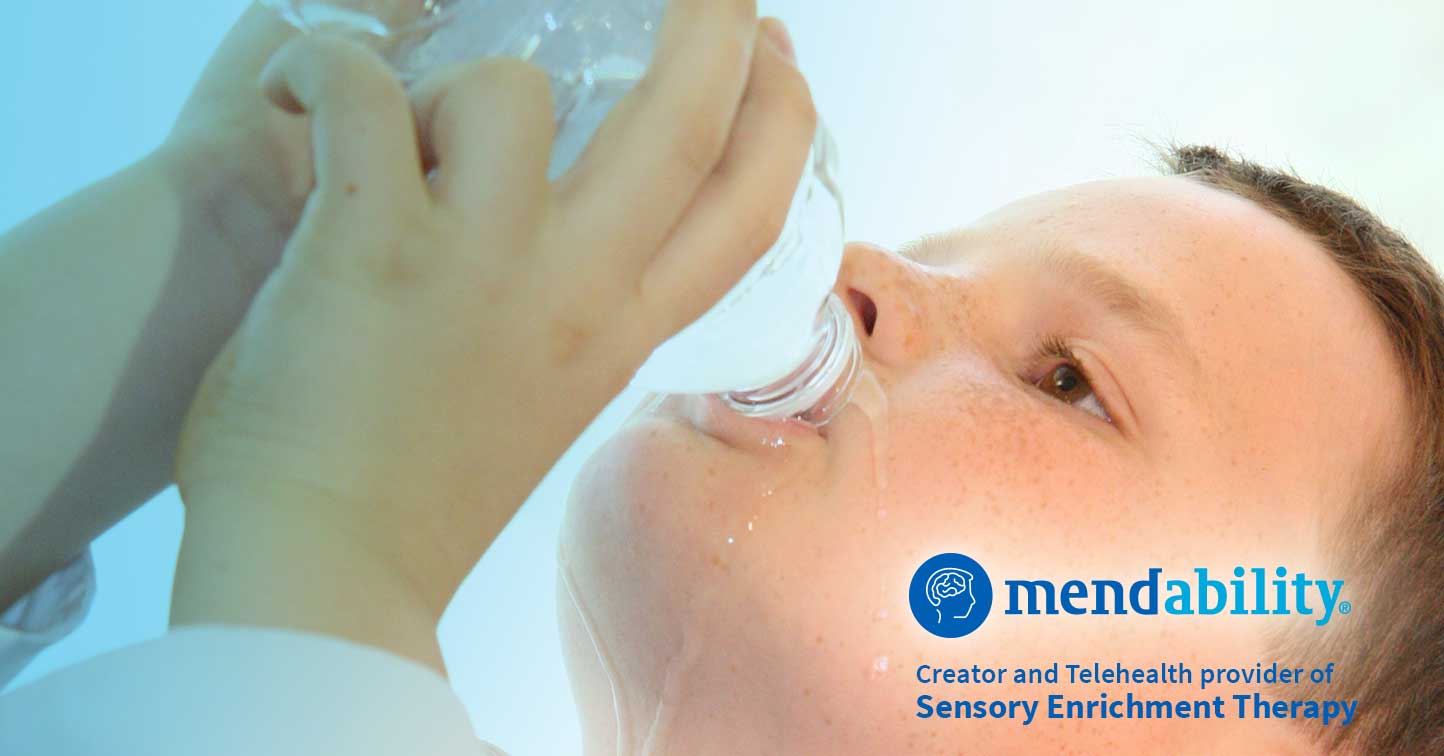
Children generally need help to make sure that they stay hydrated when the temperature rises, and children with special needs may require extra help. Not enough water may lead to discomfort and even serious physical distress. We are going to share some recommendations in this article about helping children to stay hydrated and why they need your help.
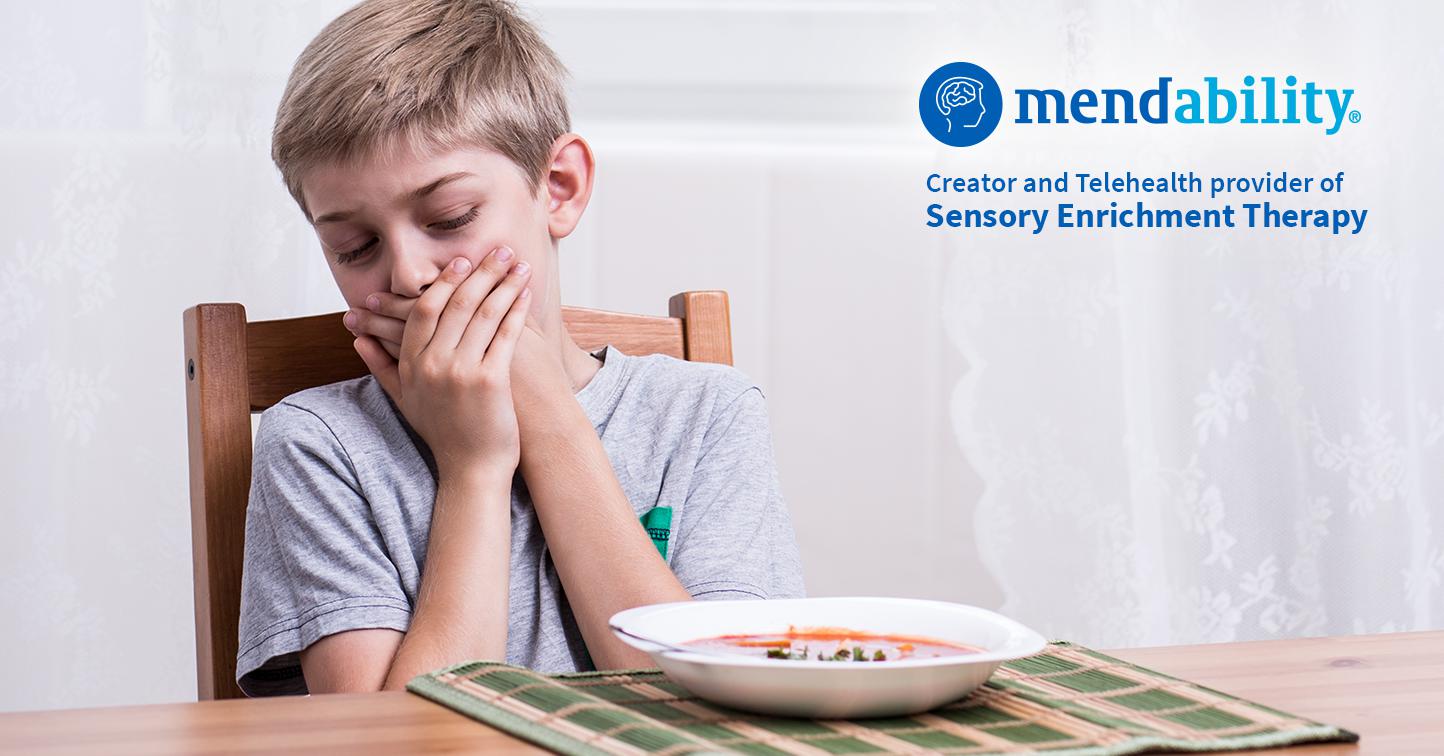
5 protocols we recommend to help your fussy eater open up to a larger selection of foods. Sensory Enrichment Therapy have helped many autistic persons overcome the sensory issues that prevented them from being able to enjoy a variety of foods.
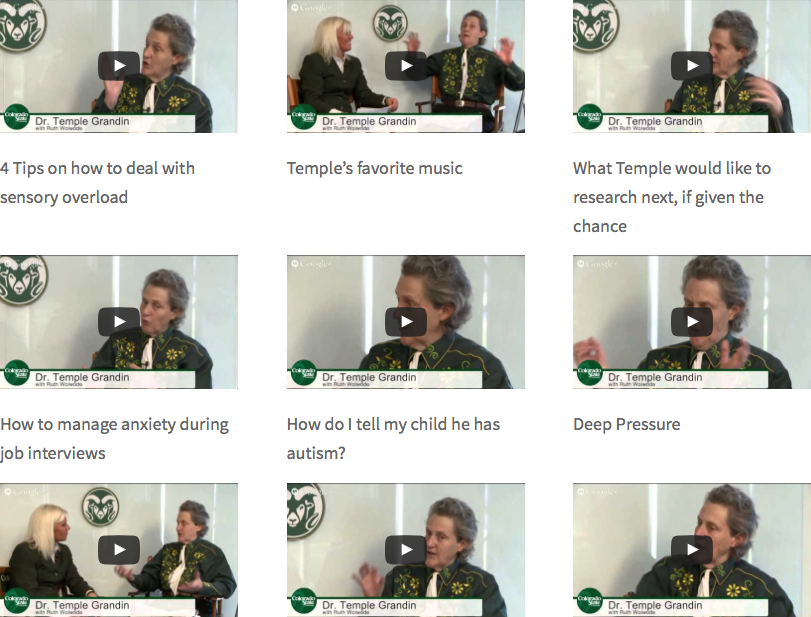
Topics covered include: sensory overload, her favorite music, job interviews, how do I tell my child that he has autism, deep pressure, trying new foods, etc.

Some recent research may help us find ways to use our kids’ sensory processing difficulties to help them eat a wider variety of foods. Children with

Sometimes younger children can have a tough time after lunch. While an adult may either take a nap after lunch or some stimulants in the
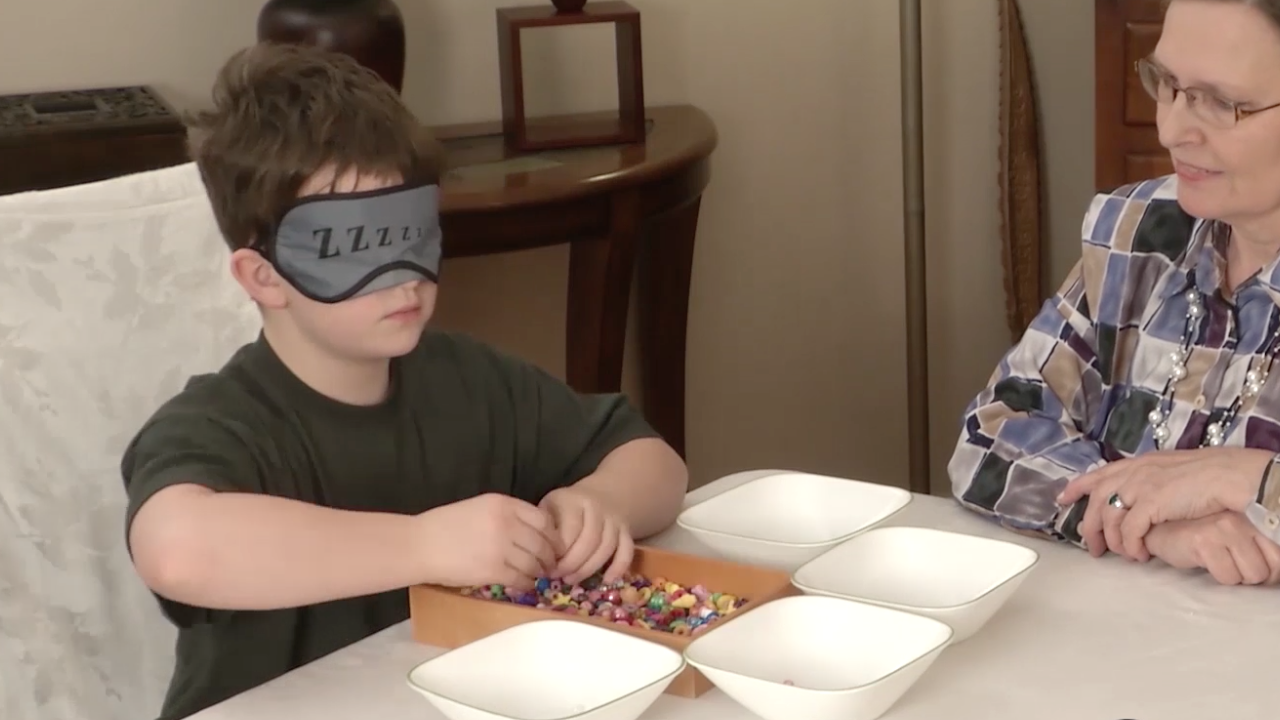
[av_section min_height=” min_height_px=’500px’ padding=’default’ shadow=’no-shadow’ bottom_border=’no-border-styling’ scroll_down=” id=” color=’main_color’ custom_bg=” src=” attach=’scroll’ position=’top left’ repeat=’no-repeat’ video=” video_ratio=’16:9′ video_mobile_disabled=” overlay_enable=” overlay_opacity=’0.5′ overlay_color=” overlay_pattern=” overlay_custom_pattern=”] [av_textblock size=”
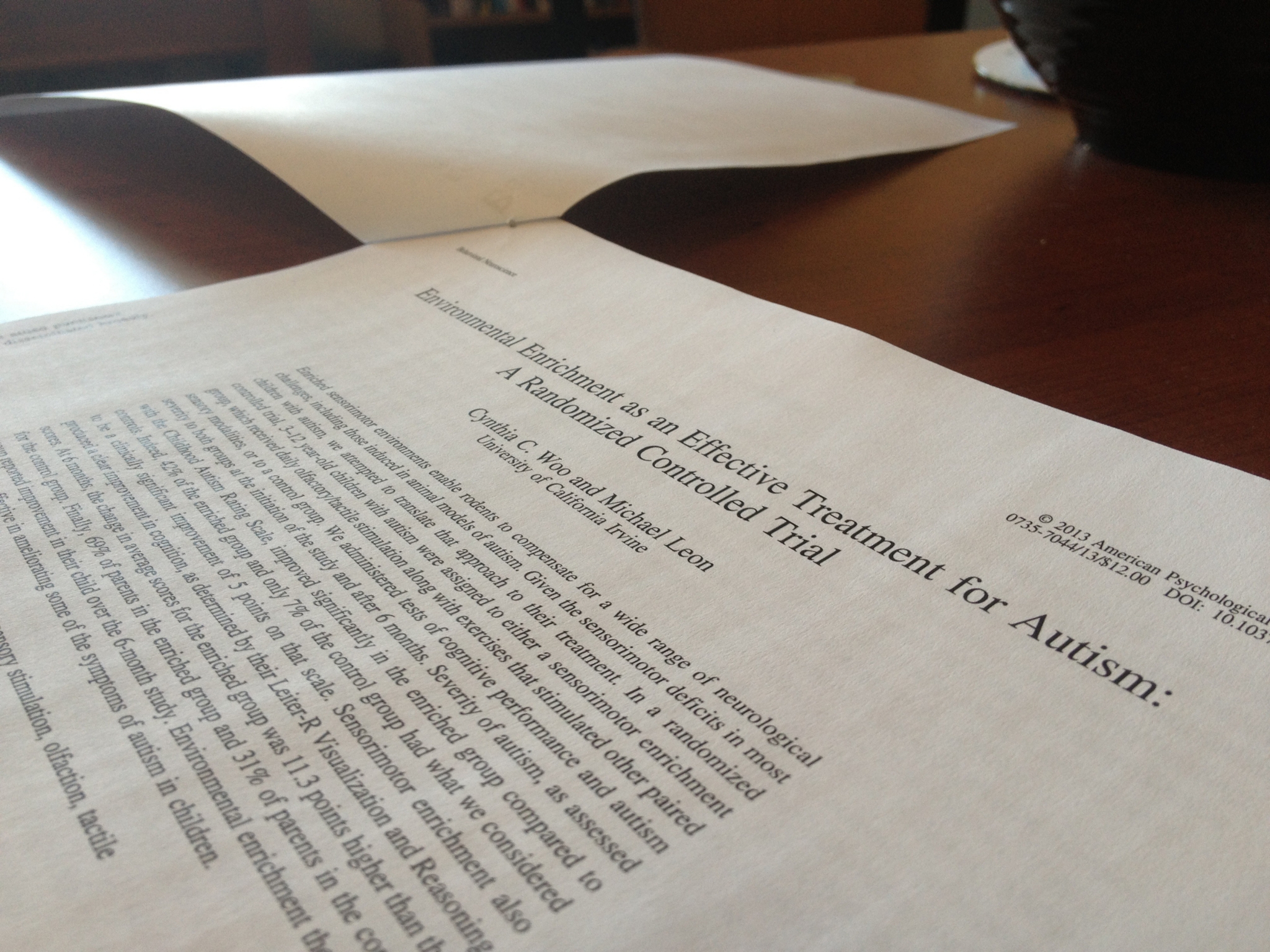
In May 2013, Behavioral Neuroscience published the results of the first study evaluating the effectiveness of Environmental Enrichment as a therapy for Autism. The results are very promising.
